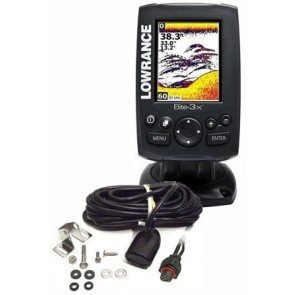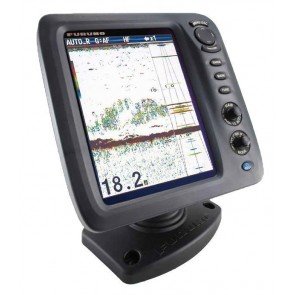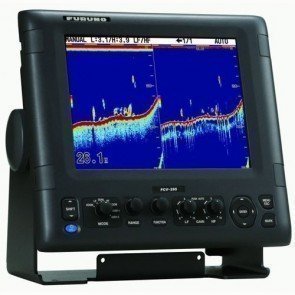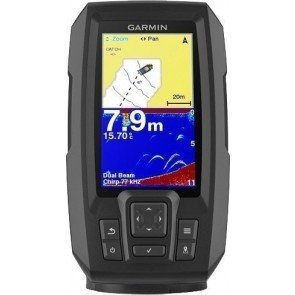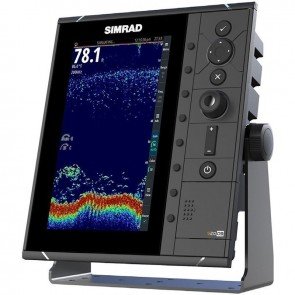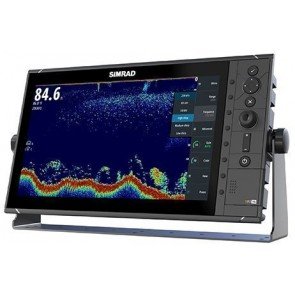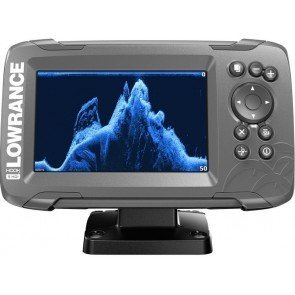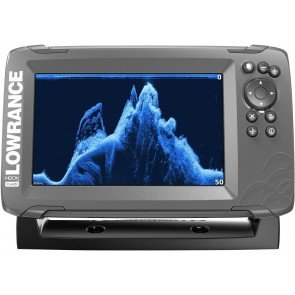How to choose a Fish Finder
CH Smith Marine has been providing the best fishfinders to the Australian market for over 50 years, so we have learnt a thing of two about these wonders of modern fishing.
Since our original relationship started with Furuno in 1957, we have continually added only the best quality depth sounders and fishfinders to our Range.
The basics of fishfinding technology
Fish finders, also known as echo sounders, depth sounders or sounders (Sonars in the USA) are used to locate underwater objects; preferably Fish. The Sonar technology (an abbreviation for SOund, NAvigation, and Ranging) was originally developed by the US Navy to identify submarines cruising the ocean, but these days is hailed by commercial and recreational fishermen alike as an angling must-have.
All fishfinders consist of 4 essential parts:
- Transmitter
- Transducer
- Receiver
- Display Screen
The >Transmitter sends an electrical impulse to the Transducer which converts this impulse into a sound wave. The Transducer then emits the sound wave into the water and collects the echo when it rebounds off solid underwater objects, such as Fish. The Transducer then converts this ricocheted wave signal back into an electrical signal and forwards the response to the Receiver. The Receiver then amplifies and modifies the signal to display size, composition and shape on the screen as a representation of the underwater scene. The detail and Resolution of the display depends on the frequency(s) and power of the pulse transmitted and environmental factors in the water such as temperature, muddy/ cloudy/ aerated water etc.
Selecting a Fish Finder
To select the right Fishfinder based on your individual needs, think about these simple factors:
- 1. Where am I going to mount it? Or do you need a portable unit to use on a mates boat?
- 2. What is my budget? The options are endless, but if you are serious about using your Fishfinder and take the time to understand the functions, you will be rewarded by a more expensive/higher quality unit.
- 3. Where am I going to use it? Will I be fishing in shallow or deep water, river's, lakes or ocean?
- 4. What do I want to use it for? >Demersal or Pelagic Fish Species, topographic information, underwater structures or bottom scanning?
Once you have these variables clear in your >Head, there are 5 aspects of a Fishfinder that will help you clarify the best unit for your fishing adventures:
- Transducers: Are supplied in two main varieties; single Frequency and dual Frequency (termed Dual Beam in Humminbird units. Single Frequency works best in shallow coastal waters or in lakes and rivers. Dual Frequency provides better Resolution for deep sea fishing. Transducers also come in Low ( 50 to 100kHz) and High (180 to 200 kHz) frequencies, with lower frequencies being able to travel further through water.
Low Frequency = Greater Depth Resolution.
Mounting the Transducer provides yet more options, each with its pros and cons. Transom mounts are generally easier and cheaper to install and work well for tinnies and trailerable fibreglass boats, but work best in calmer waters and are not efficient when traveling at much more than 10 knots. Through Hull Transducers are the best for clarity and performance, but cost more and are harder to install. If you need high speed bottom scanning – these units are worth their cost.
More recently options such as the new >Broadband CHIRP Transducers using alternating or spectrum frequencies; the R209LH and B265LH from Airmar, the forward-facing Interphase depth sounders or the best in Lowrance Transducers, provide yet more functionality and Resolution - and are leading the future of fishfinders.
- Power: The old Way of thinking is that a bigger Power Output provided you a better Fishfinder. With the introduction of technologies like >Broadband transmitters using power more efficiently and alternating and spectrum scanning, the equation is no longer this simple.
- Depth: The ability of a Fishfinder to provide you with underwater visuals to a greater depth is directly related to the power of the unit and quality of the Transducer. Keep in mind that the depths shown in the product specifications are often reported for clear water; salt water, muddy/murky or aerated water will limit the penetration of the sound waves and therefore the display. As a guide, look for a Fishfinder that will provide you with usable data at a depth Range 10% greater than you plan on fishing.
- Display Size: The size of the display can vary from a few inches (measured diagonally from corner to corner) to seven or more inches. The larger the screen, the better the vision in brighter sunlight and ease of use, but also the higher price tag.
- Display Resolution and Clarity: this comes down to the Pixels, colour spectrum and nits (brightness). The higher the Resolution (the more pixels) the more detail the image can show. Also colour displays utilising reflective TFT screens or backlighting technologies are often easier to read in direct sunlight. However, the grey-scale or black/white screens are cheaper on the hip-pocket.
For more information, we are the experts in marine electronics, depth sounders and fishfinder/chartplotter combos, so give us a call on +61 (03) 9403 4800 or drop by our Fairfield showroom at 189 Grange Rd, Fairfield VIC to test out some of the functions available and compare the units.
You can also read our article about groundbreaking new FishReveal, or visit this Club Marine article on Demystifying Depth Sounders which provides a good working overview.
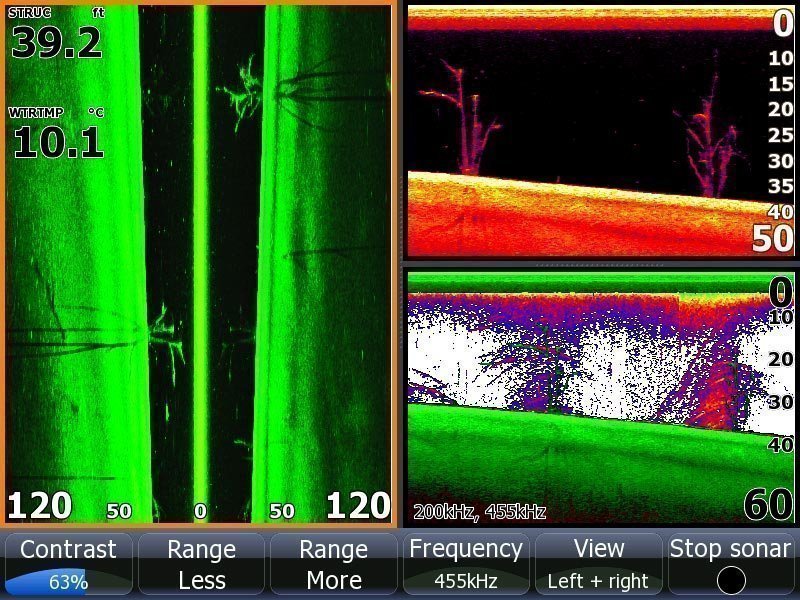
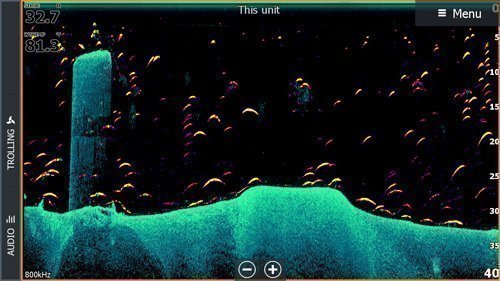
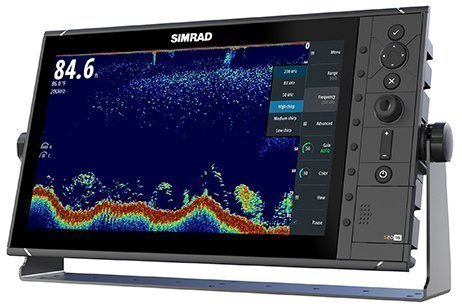
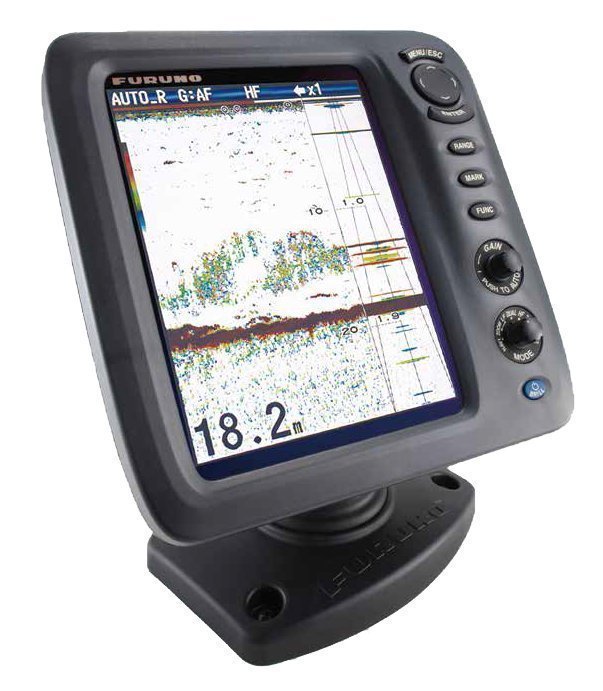
Related Products
-
Lowrance Elite 3x Fishfinder (Discontinued)
-
Furuno FCV-588 Fishfinder (Discontinued)
-
Furuno FCV-295 Echo Sounder
RRP: $6,578.00
NOW: $5,299.00
-
Garmin Striker Plus 4 Fishfinder
RRP: $279.00
NOW: $272.50
-
Simrad S2009 Fishfinder
RRP: $1,699.01
NOW: $1,395.00
-
Simrad S2016 Fishfinder (Discontinued)
-
Lowrance Hook2 5x SplitShot Fishfinder and Trackplotter (Discontinued)
-
Lowrance Hook2 7x SplitShot Fishfinder and Trackplotter (Discontinued)
-
Lowrance Hook2 7x TripleShot Fishfinder and Trackplotter (Discontinued)

